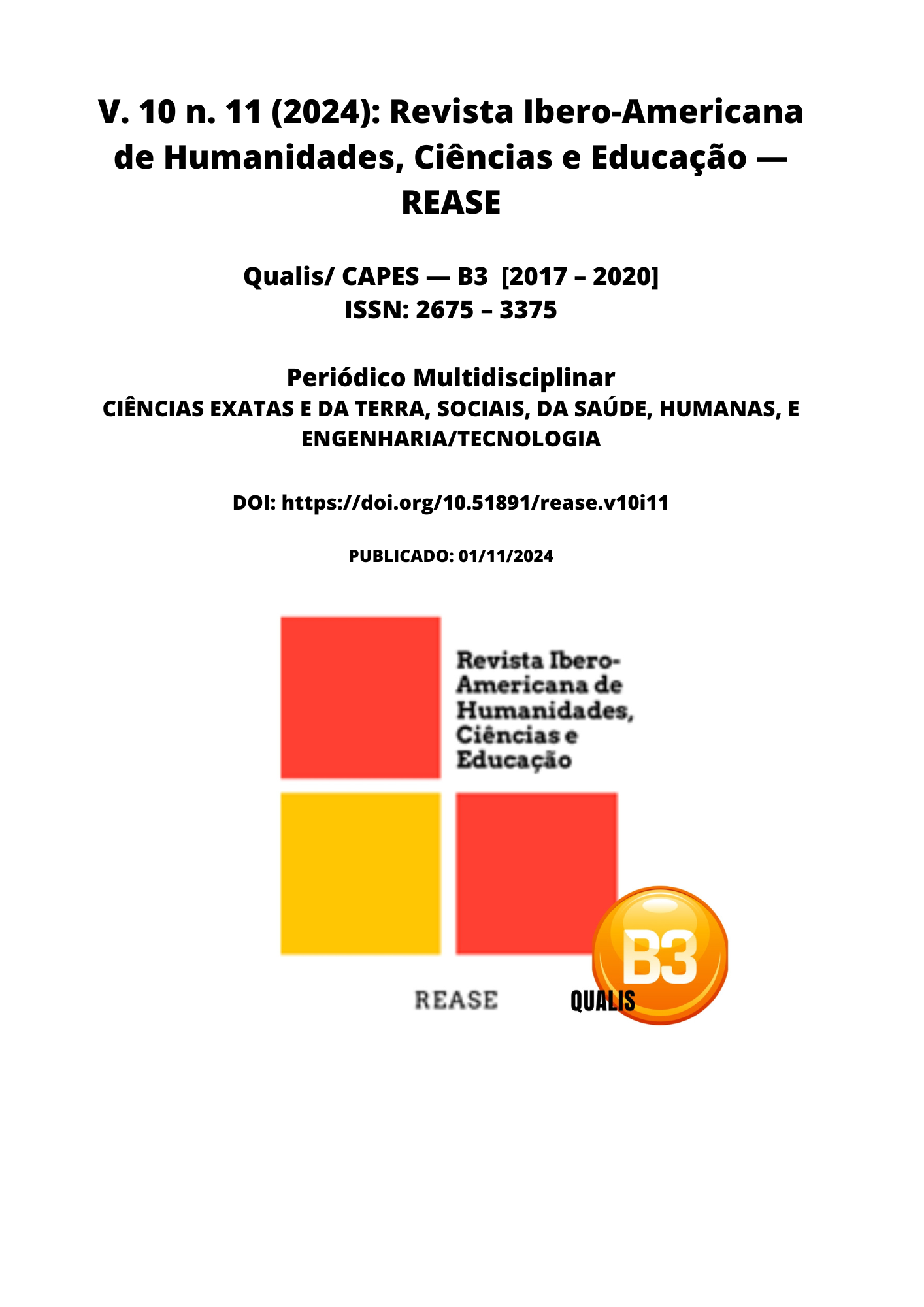ACCIDENTS AND COMPLICATIONS WITH SODIUM HYPOCHLORITE DURING ENDODONTIC TREATMENT
DOI:
https://doi.org/10.51891/rease.v10i11.16874Keywords:
Endodontic accidents. Sodium hypochlorite. Endodontic irrigation. Root canals.Abstract
Endodontic irrigation is an important step when it comes to disinfection and success of endodontic treatment. Sodium hypochlorite (NaOCl) is the most widely used irrigating solution because its chemical characteristics meet the main needs of an endodontic irrigant, such as antimicrobial action, organic matter solvent action, low cost, among others. However, NaOCl is cytotoxic and has an alkaline nature with high pH, and if not used correctly it can cause serious accidents. The irrigation technique is extremely important for the success of endodontic treatment, but it is known that manual instrumentation with files alone is not enough to sanitize the entire root canal system. Inadequate irrigation with NaOCl can cause accidents and complications to the patient or dentist. This study aims to conduct a bibliographical study on the use of sodium hypochlorite in Endodontics, establish the ideal handling of sodium hypochlorite for accident prevention and discuss treatments for complications with NaOCl. Research was conducted in the main databases, selecting articles in Portuguese and English that were published in the last 10 years. The keywords used were selected through the Health Sciences Descriptors (DECs) database. Correct application, combined with the use of protective equipment, minimizes the risks of extravasation and accidental contact with mucous membranes or sensitive tissues. In case of accidents, it is essential that the professional adopts immediate and appropriate measures, such as irrigation with saline solution and prescription of medications to interrupt pain and control inflammation.
Downloads
Downloads
Published
How to Cite
Issue
Section
Categories
License
Atribuição CC BY

